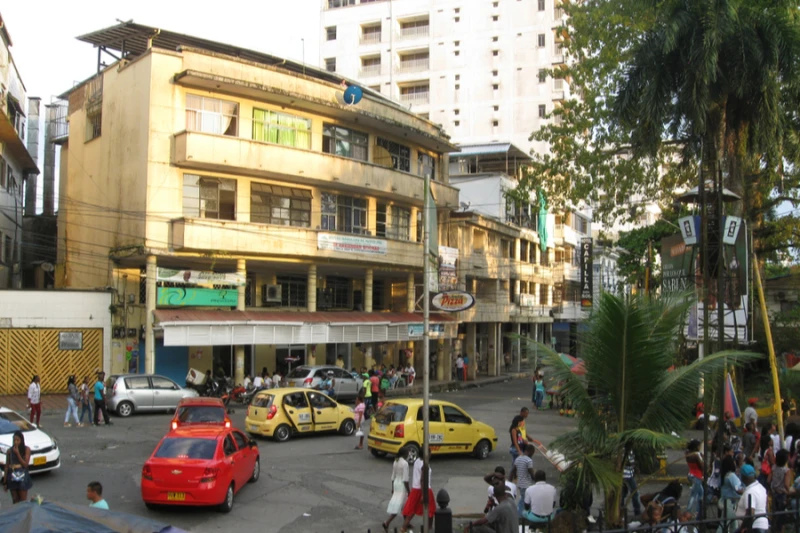
Buenaventura, Colombia, Sep 2, 2022 / 15:44 pm (CNA).
Bishop Rubén Darío Jaramillo Montoya of Buenaventura explained Wednesday that drug gang violence in the Colombian port city has forced the churches to celebrate Masses before the evening, since the criminals dictate when people can be out on the streets.
At approximately 6:30 p.m on Aug. 30, a confrontation broke out in the Juan XXIII neighborhood between the Los Shottas and Los Espartanos trafficking gangs. Moments later, a group of police officers appeared and exchanged fire with the criminals.
Speaking to Noticias Caracol television Aug. 31, Bishop Jaramillo said that this “is not an isolated event, but rather it happens continually with many times when the community hasn’t slept” due to the bullets fired in the streets which hit the houses, putting “in danger the whole society.”
The prelate said that these groups go around with rifles, bringing their fights “from neighborhood to neighborhood.”
“They send out a statement that at six in the evening everyone has to be at home. So everyone has to obey,” he recounted.
“Schools close, churches have to celebrate Mass before a certain time of day, and the entire community has to close their businesses; therefore, it seems that they’re the ones exercising authority,” said the Bishop of Buenaventura, who asked the government to guarantee the rights of the population.
Bishop Jaramillo explained that the urban area of Buenaventura is dominated by Los Shottas and Los Espartanos, which had previously formed a single group called La Local.
The prelate said that the groups are confronting each other “for the control of the neighborhoods, for the drug trafficking routes and for imposing new extortion zones.” He said this causes great anxiety because the clashes take place in the streets and the population must hide.
The bishop said that the police and the armed forces react in time when these situations occur, however, “life and peace are at stake in our city.”
This story was first published by ACI Prensa, CNA’s Spanish-language news partner. It has been translated and adapted by CNA.
If you value the news and views Catholic World Report provides, please consider donating to support our efforts. Your contribution will help us continue to make CWR available to all readers worldwide for free, without a subscription. Thank you for your generosity!
Click here for more information on donating to CWR. Click here to sign up for our newsletter.





Leave a Reply